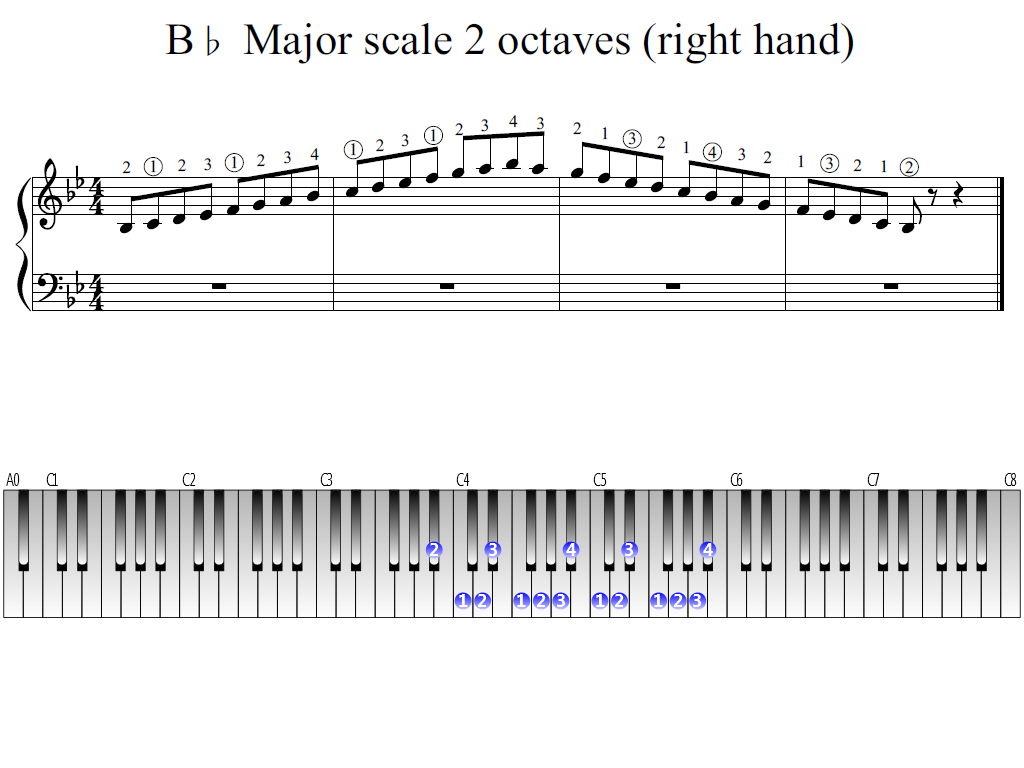

You can't change a composition from Major to Minor or vice versa and still call it transposing. I should point out that when transposing from a Major key - you will always transpose to another Major key to maintain the essence of the composition. The methodology is exactly the same regardless of the keys involved. Using this systematic process you can transpose (convert) any melody from one key to any other key. Then to transpose that melody to D Major you would simply substitute the note in D Major that corresponded to the same scale degree.įor example if one of the notes in your C Major based melody was E (third scale degree of C Major) the corresponding note in D Major would be F# (third scale degree of D Major). So to transpose a melody from C Major to D Major you would look at each note in the melody (written in C Major) and determine its scale degree. Just as in the C Major scale - each of the seven notes in the D Major scale can be referred to by their scale degree. The D Major scale contains these seven notes: D E F# G A B and C#. Thus in the foregoing example based on C Major - the First Scale Degree is C.

Each note can be defined as representing a particular scale degree. The C Major scale for example contains the following 7 notes - C D E F G A and B (all natural - no sharps or flats). Each diatonic scale in Western Music is comprised of 7 notes. Each note in a given key can be reduced to and defined by what we call corresponding scale degrees. If a composition is based on the C Major scale it is likely that all of the notes (exceptions are possible) will be found in the key of C. Below I will explain the process of transposing any piece of music from one key to another. The process of composing any piece of music follows a strict methodology. Once a melody is composed and written in one key using the notes from said key's corresponding scale, that same melody can then be "transposed" (converted) to any other key that exist in Western music.


 0 kommentar(er)
0 kommentar(er)
